The Rani-ki-Vav is a bâoli (low to degrees) located in Patan, Gujarat, India
The Rani-ki-Vav is one wells located in the city Patan in the Gujarat, India , on the banks of the Sarasvati River. It is said that the well was built by Udayamati, the widowed queen of Bhimdev I (1022-1063 AD), about 1050 AD in the memory of the king. Bhimdev I was the son of Mularaja, the founder of the Solanki dynasty of Anhilvâra, the modern Patan. The well was then flooded by the nearby Sarasvati River, and was buried until the late 1980s, when it was searched by archaeologists. Once restored, magnificent sculptures the well was found in an impeccable condition.
The wells with degrees, or bâolis, are a particular form of underground hyrdraulic architecture specific to the Indian subcontinent, and have been built since the 3rd millennium BC. They have evolved over time of what was essentially a pit in sandy soil towards sandy soil complex forms richly decorated elaborate paintings or sculptures and very impressive sizes. The Rani-ki-Vav was built at a time when the craftsmen were at the top of their art in terms of construction of wells to degrees. The style Maru-Gurjara reflects the mastery of this complex technique and of great beauty of detail and proportions. Digne de son nom ( Queen's degree well ), the Rani-Ki-Vav is now considered "the queen of wells to degrees" in India. The Chand Baori , in Rajasthan, is another exceptional example of this technology.
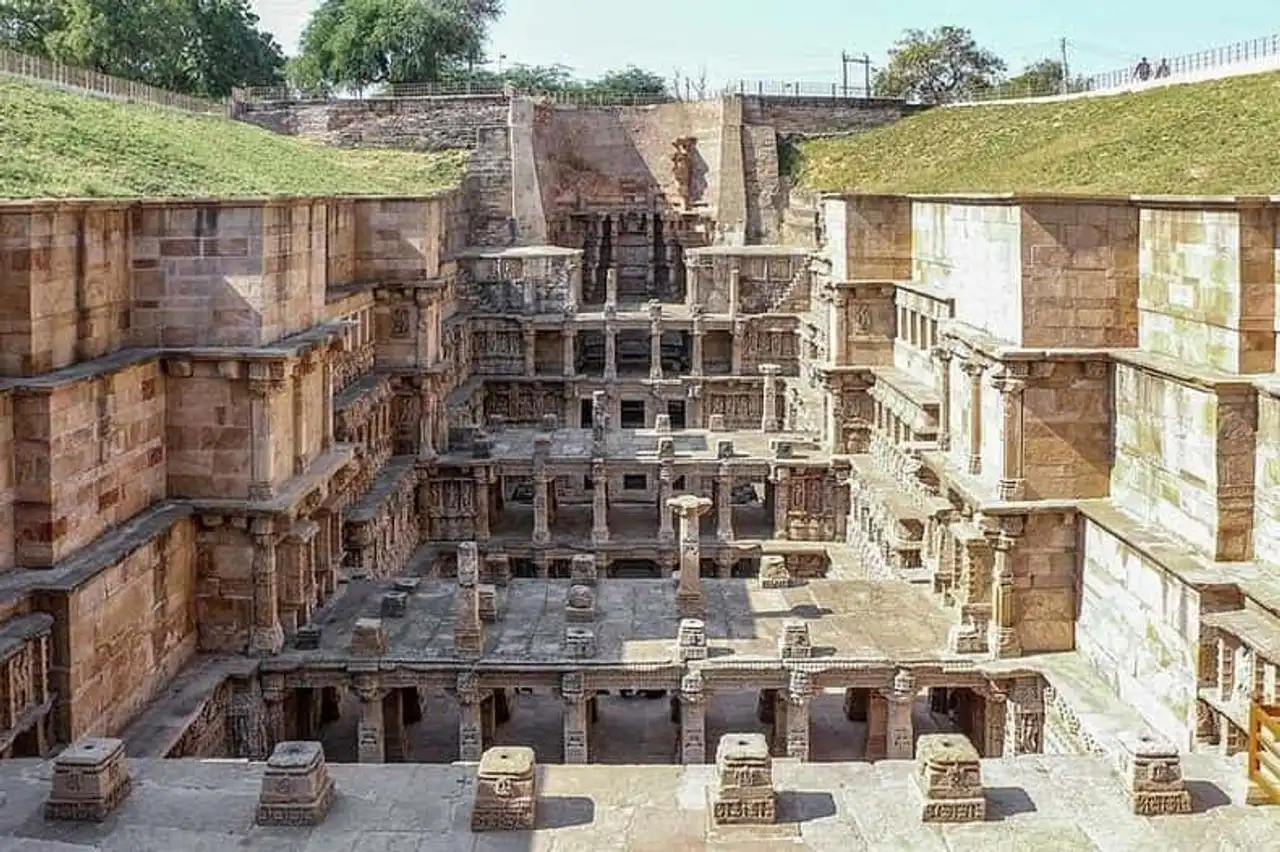
Designed as an inverted temple highlighting the sacred character of the water, it is divided into seven levels of stairs with sculpted panels of great artistic quality. There are more than 500 main sculptures and more than a thousand minor sculptures that combine religious, mythological and secular imaging, often referring to literary works. Most bas-reliefs are dedicated to god Vishnou represented in the form of his avatars (Krishna, Rama etc...). The fourth level is the deepest and leads to a rectangular reservoir of 9.5 m per 9.4 m, and a depth of 23 m. The well is located at the west end of the site and consists of a axis of 10 m in diameter and 30 m in depth. The building itself is 64 meters per 20 meters.
Under the last step of the well to degrees, there is a door that leads to a 30-kilometre long tunnel opening in the city of Sidhpur near Patan. It was built as an evacuation tunnel that could be used by the king in the event of defeat during a war. The tunnel is now blocked by stones and mud.
In the 13th century, geotectonic changes lead to a change in the Sarasvati bed, after which the Rani-ki-Vav loses its hydraulic function. Above all, he was buried under several layers of sediment for nearly seven centuries. This is why the Rani-ki-Vav is today the best-preserved well, until its rediscovery less than 30 years ago.
Rani-ki-Vav is one of the most beautiful vestiges of India and especially one of the best preserved and has been added to the UNESCO World Heritage Sites List June 22, 2014.
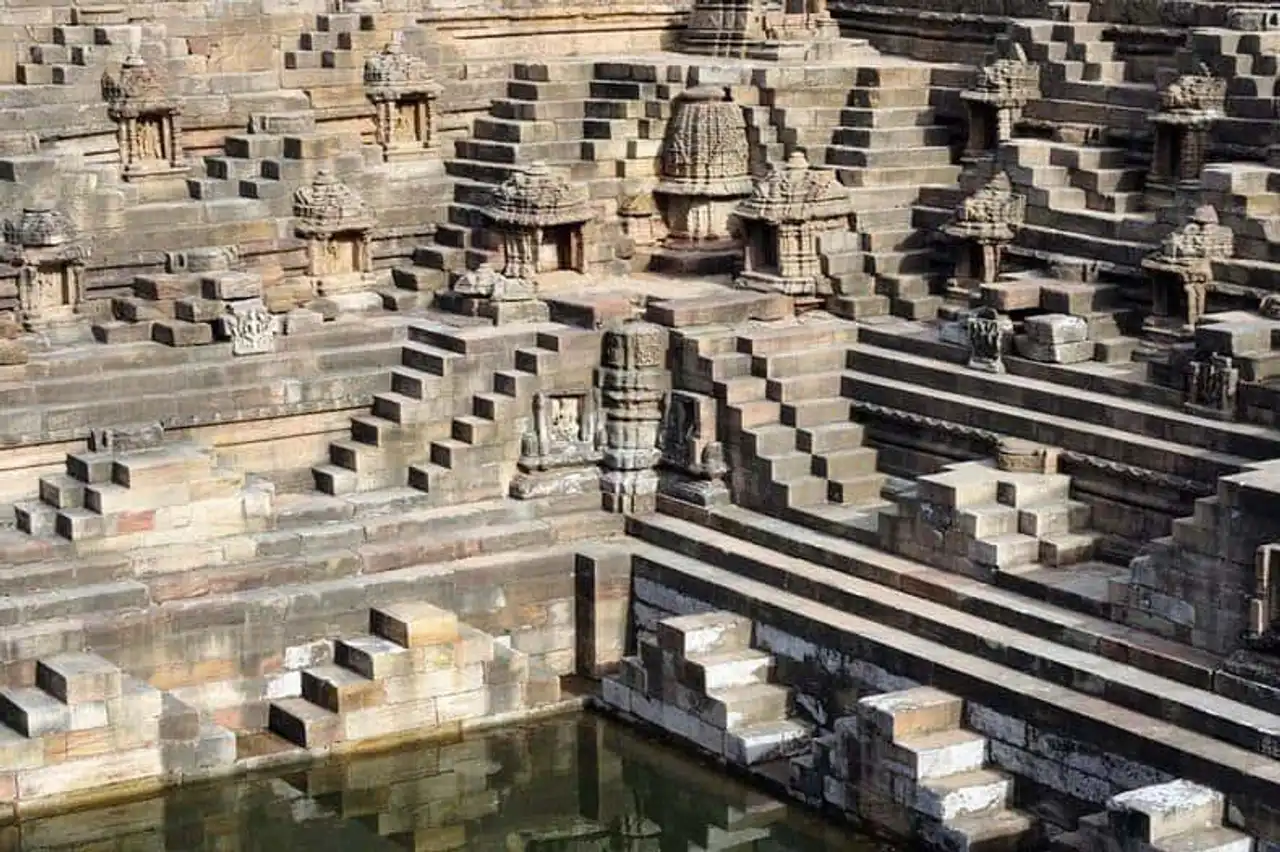
How to visit the Rani-ki-Vav?
The site is about 125 km away. Ahmedabad .
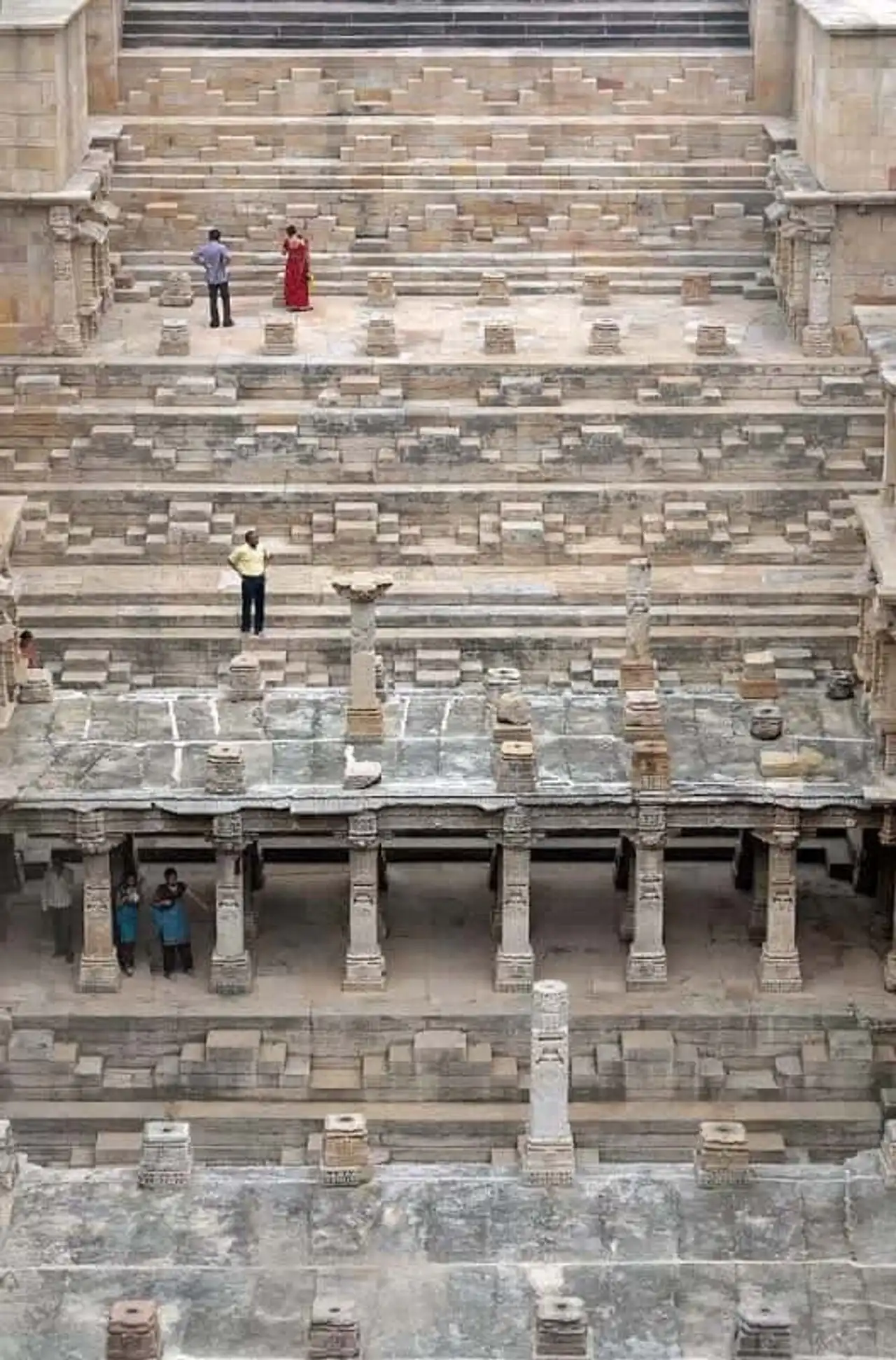
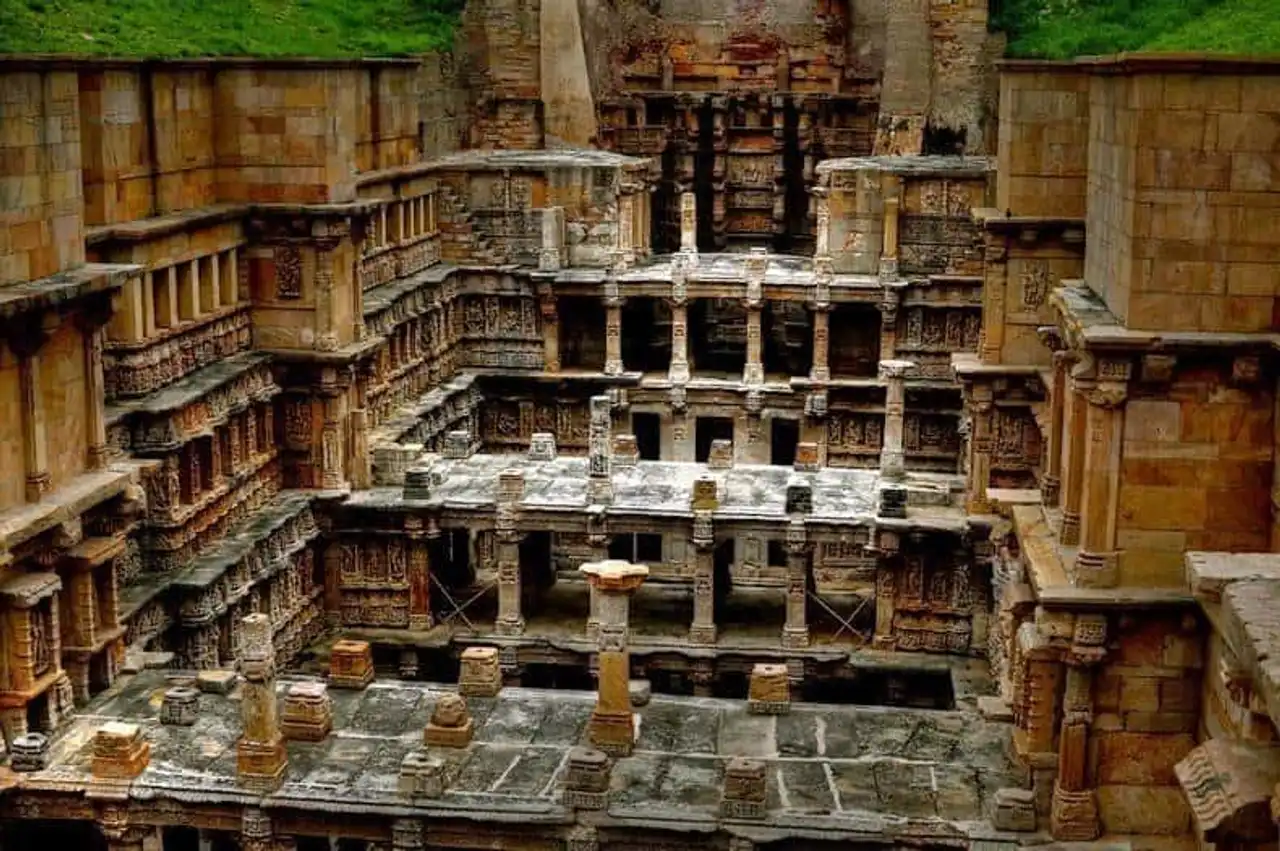
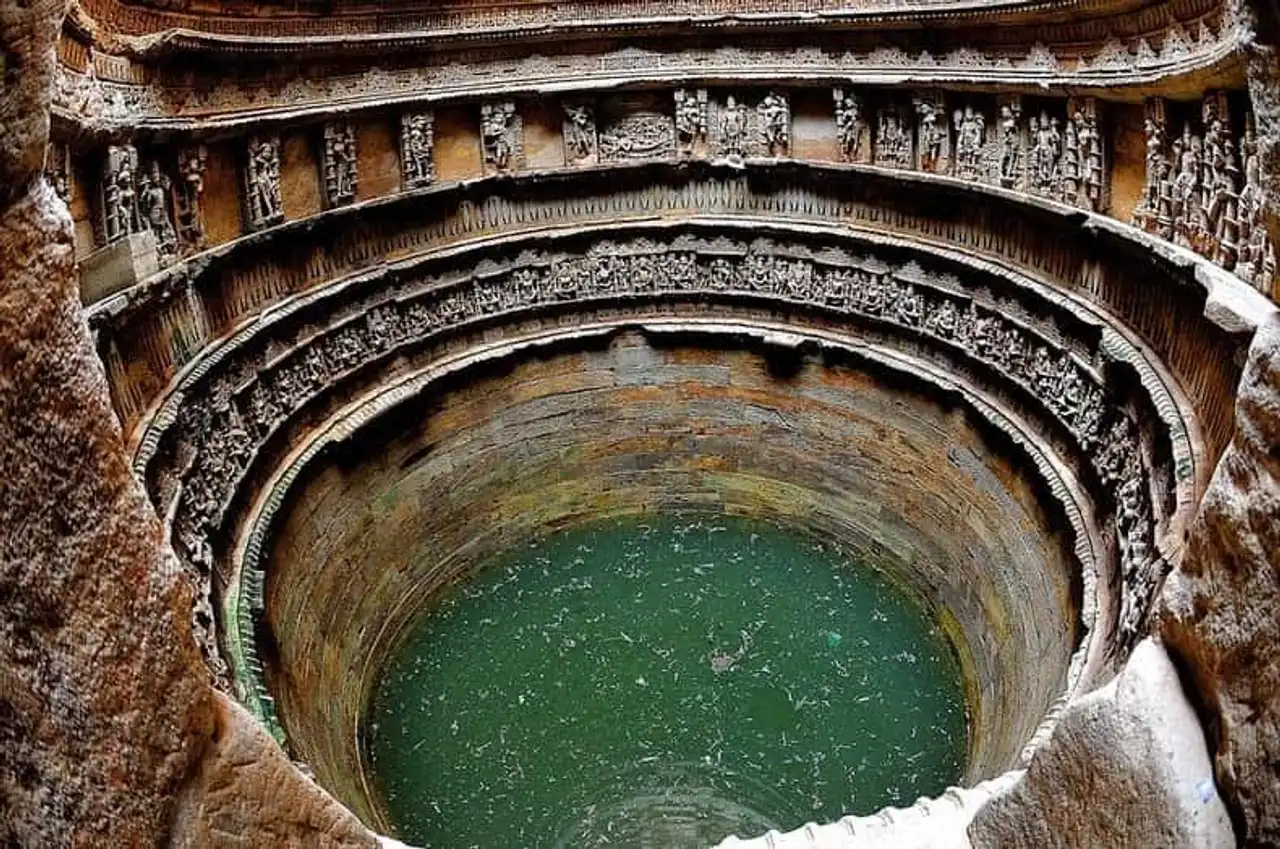
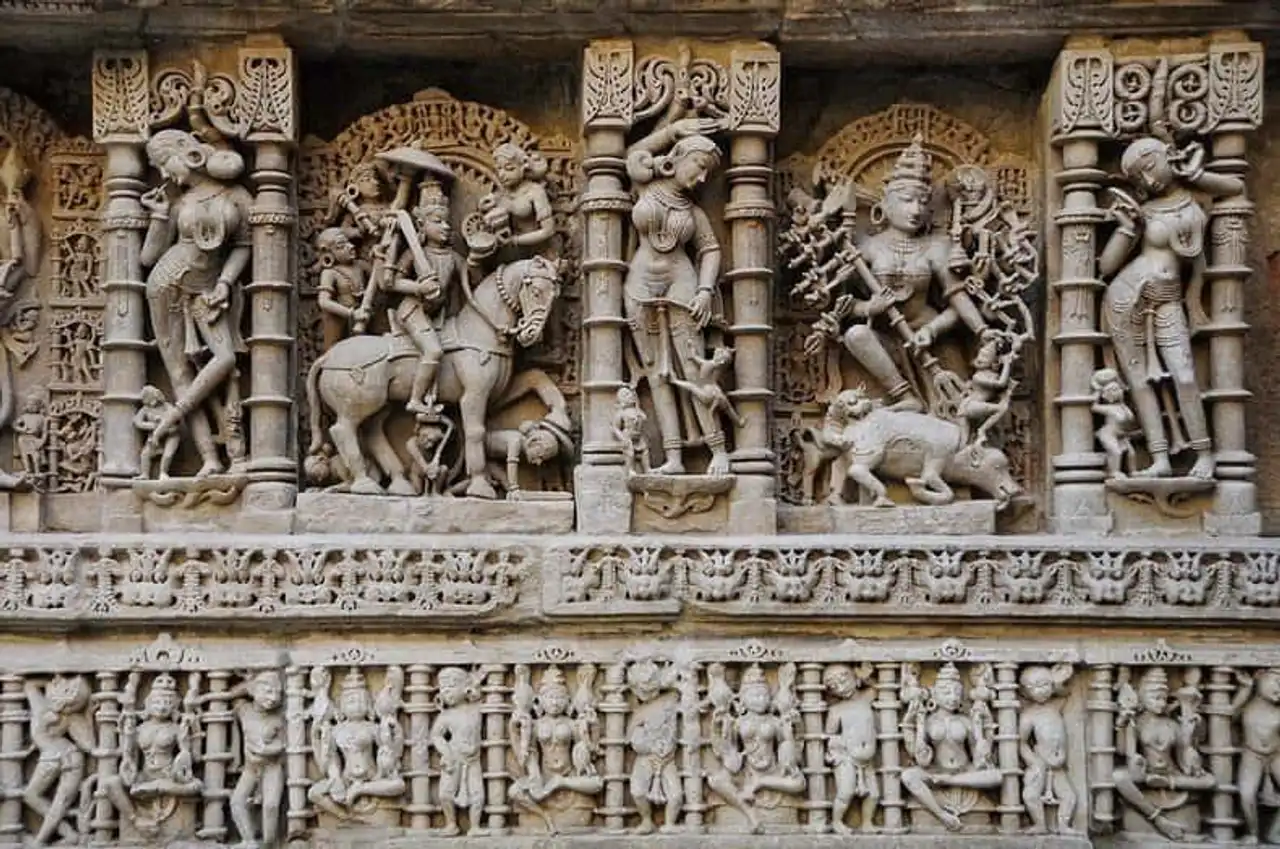
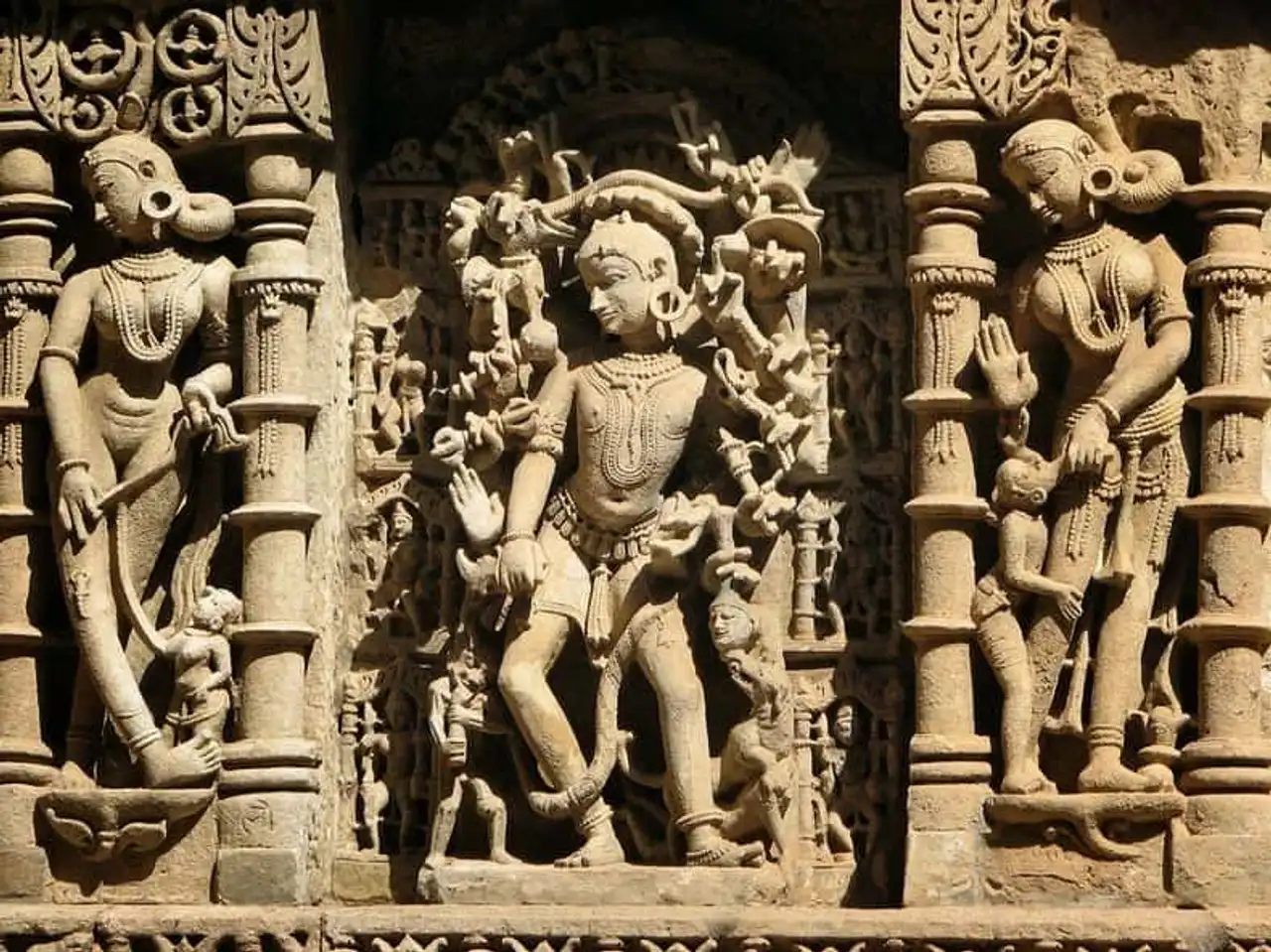
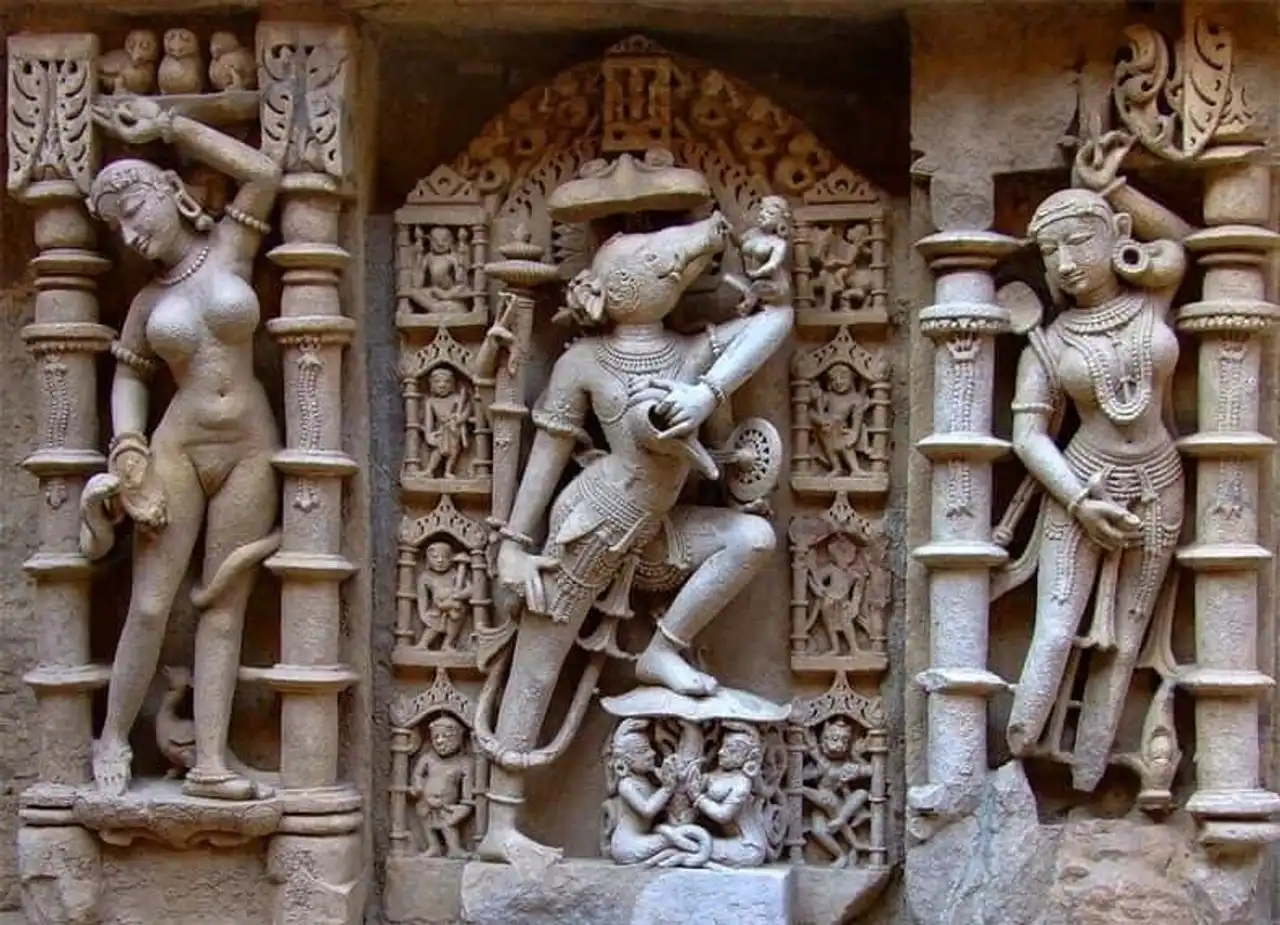
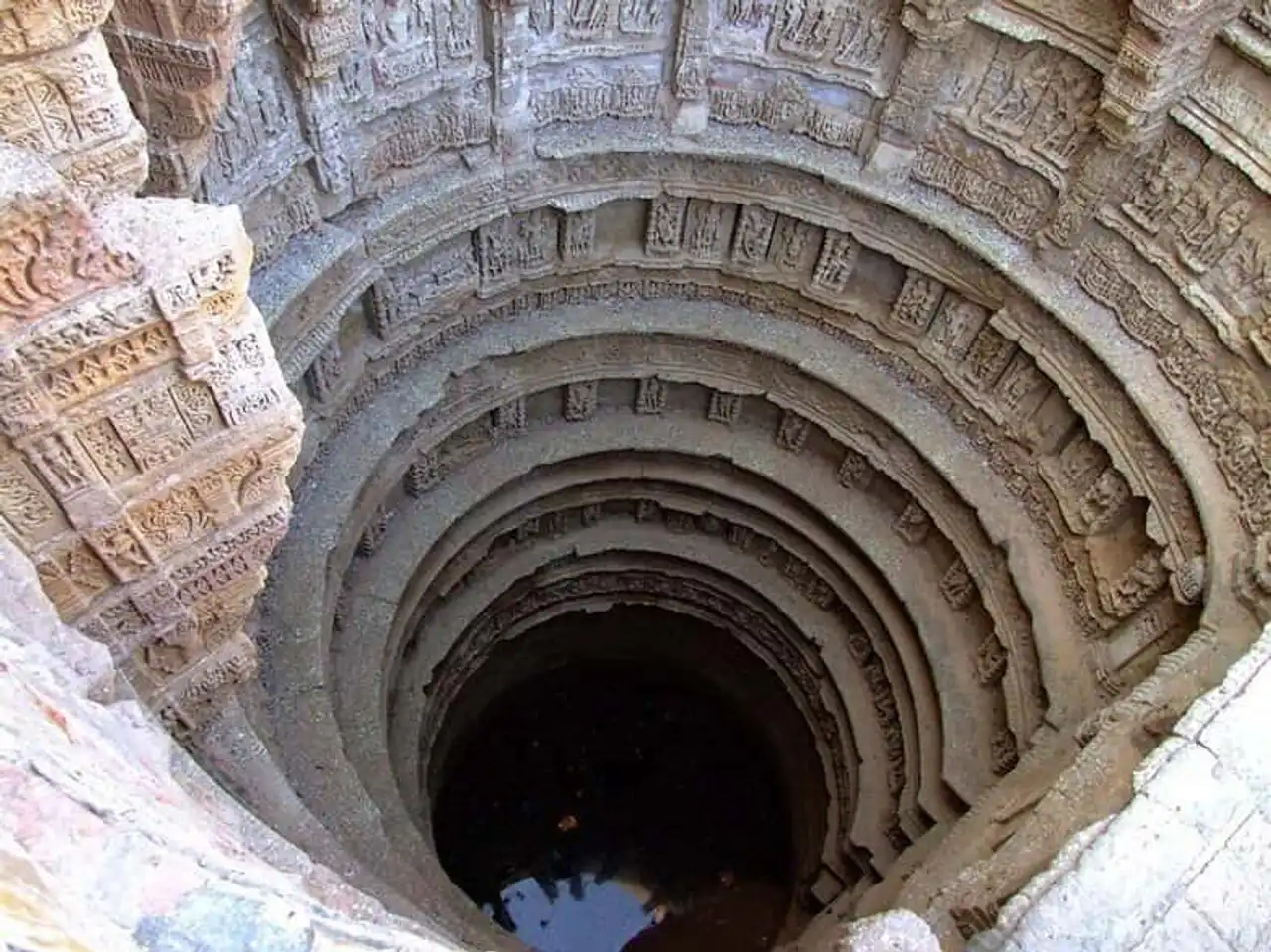
Did you visit the Rani-Ki-Vav in Patan?
Photo source: Amusing Planet




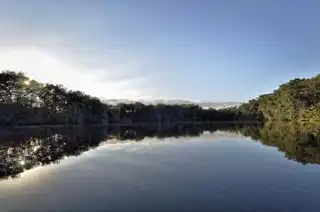


Loading comments ...